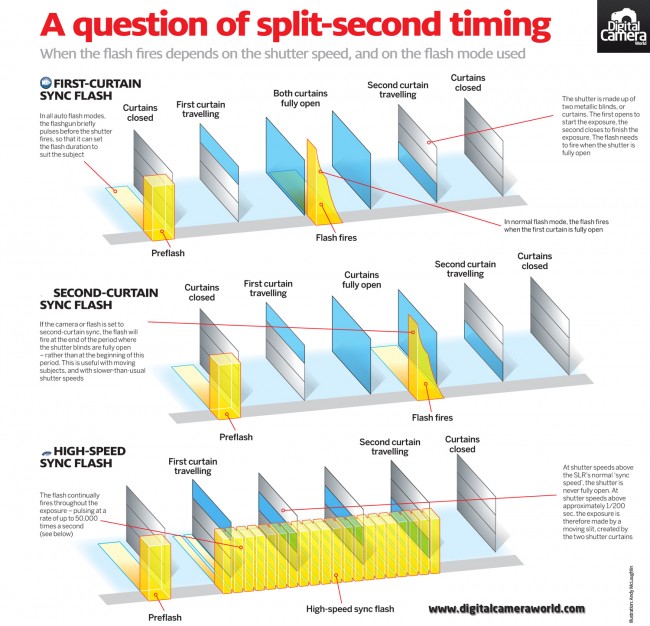Digital Photography Tips For Beginners: Mastering Your Electronic Camera In A Snap
Digital Photography Tips For Beginners: Mastering Your Electronic Camera In A Snap
Blog Article
Created By-Ballard Elmore
When you initially grab your camera, it can feel overwhelming with all the settings and alternatives offered. You may find yourself wondering exactly how to navigate aperture, shutter speed, and ISO successfully. Understanding these fundamentals is crucial, but there's even more to photography than just technical knowledge. Recognizing make-up techniques and illumination problems can elevate your pictures dramatically. So, what if you could learn basic methods to boost your skills and begin capturing outstanding images sooner than you believe? Allow's discover just how to change your digital photography trip.
Comprehending Video Camera Setups
Recognizing your electronic camera setups is critical for capturing spectacular pictures. When you grab your video camera, acquaint on your own with the three main settings: aperture, shutter rate, and ISO. Each plays a vital duty in just how your images turn out.
Begin with aperture, which manages the amount of light entering the lens. https://www.travelandleisure.com/photography/safari-wildlife-photography-tips (lower f-number) allows extra light and creates a gorgeous background blur, perfect for portraits. Conversely, a narrower aperture (higher f-number) keeps even more of the scene in emphasis, suitable for landscapes.
Next, focus on shutter rate. This setting establishes for how long your electronic camera's sensing unit is exposed to light. A fast shutter speed ices up activity, which is fantastic for action shots, while a slow-moving shutter rate can produce sensational effects like smooth water in landscapes.
Finally, readjust your ISO. This setup impacts your cam's sensitivity to light. A higher ISO serves in low-light scenarios yet can present sound or grain. Go for the lowest ISO possible while still attaining correct direct exposure.
Composition Techniques
When you're out shooting, composition can make all the difference in exactly how your pictures resonate with visitors. Beginning by using the guideline of thirds; visualize your frame divided right into 9 equivalent areas with two horizontal and 2 vertical lines. Placement crucial elements along these lines or at their intersections to produce balance and rate of interest.
Next, take into consideration leading lines. These natural lines in your scene, like roads or rivers, attract the customer's eye into the photo, leading them with the story you're informing.
Don't forget framing; use aspects within your scene, like trees or windows, to develop a framework around your subject, adding depth and emphasis.
Additionally, keep an eye on your history. A cluttered background can sidetrack from your main subject, while a straightforward one assists it attract attention.
Last but not least, experiment with symmetry and patterns; they can produce a striking picture that catches attention.
Mastering Lights Issues
Grasping lighting problems is important for recording magnificent photographs, as the appropriate light can transform an average scene into something phenomenal.
Begin by observing all-natural light at different times of the day. Mornings and late afternoons supply the best light, known as the gold hour. The soft, warm tones throughout these times can enhance your pictures beautifully.
Don't shy away from cloudy days either; diffused light can reduce severe shadows and produce a pleasing effect, specifically for portraits.
Experiment with backlighting by positioning your subject against the light. This strategy can create a fanciful halo effect and add depth to your pictures.
Take https://writeablog.net/dwight1barbar/contrasting-popular-cameras-which-one-is-best-for-you of your electronic camera setups too. Readjust the ISO, aperture, and shutter speed to match the lighting conditions. A greater ISO can assist in reduced light, but beware of grain.
Utilize a tripod in darker atmospheres to prevent blur.
Finally, do not fail to remember fabricated lights. Flash and constant lights can be great tools for controlling light in tough conditions.
Conclusion
To conclude, understanding your electronic camera does not need to be frustrating. By recognizing your settings, using make-up methods, and utilizing the power of natural light, you'll swiftly raise your digital photography skills. Keep in mind, practice makes best, so get out there and trying out your newfound understanding. With time and devotion, you'll be catching spectacular pictures that show your one-of-a-kind point of view. Appreciate the journey, and don't forget to have a good time while you're at it!
